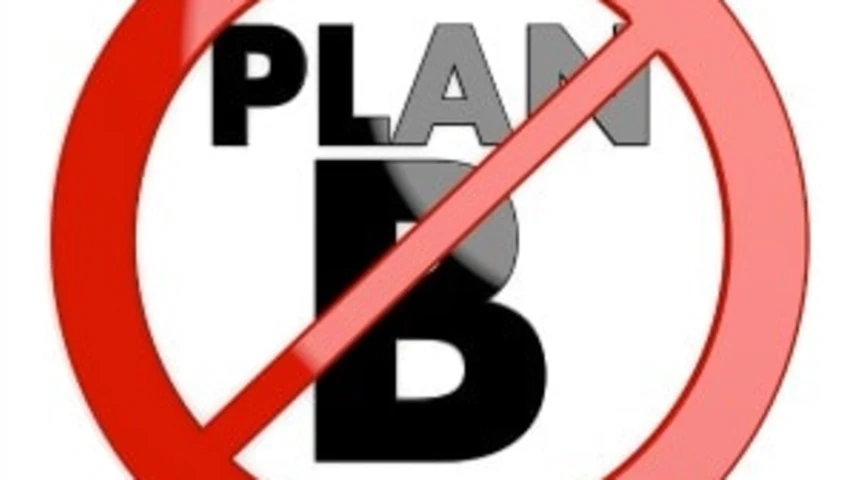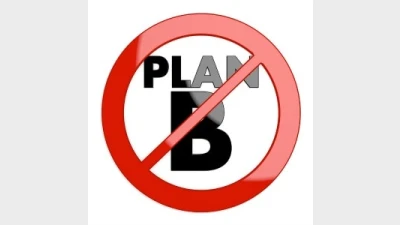Morrison: No plan B on super savers scheme



The Federal Treasurer, Scott Morrison has declared the Government is proceeding on the basis that its First Home Super Saver Scheme will be applicable from 1 July, this year, even though it has yet to pass the Parliament.
In doing so, Morrison accused the Federal Opposition of doing the bidding of industry superannuation funds and indicated the Government was confident of getting the backing of the Senate cross-benches.
Asked whether the Government had a plan B in the event the legislation underpinning the scheme failed to pass the Parliament, Morrison insisted that there was no plan B and that the legislation would be passed and put in place.
“Plan A is the one that is going to work because people saving for their first home, we are giving them a tax cut on their savings, which means they can accelerate their path to a first home 30 per cent faster. Why would the Labor Party want to vote against that? But they are,” he said.
Morrison said he was very confident that the Senate would see the wisdom of the scheme and would not want to deny first home buyers out there the benefit of such a measure.
“Labor is denying first home savers a tax cut which will get them 30 per cent quicker to owning their own home. That just seems mean and I don't know why they are allowing the big union funds to pull their chain on this but that is certainly what is happening,” he said.
Recommended for you
Australia’s largest super funds have deepened private markets exposure, scaled internal investment capability, and balanced liquidity as competition and consolidation intensify.
The ATO has revealed nearly $19 billion in lost and unclaimed super, urging over 7 million Australians to reclaim their savings.
The industry super fund has launched a new digital experience designed to make retirement preparation simpler and more personalised for its members.
A hold in the cash rate during the upcoming November monetary policy meeting appears to now be a certainty off the back of skyrocketing inflation during the September quarter.










Taxing the contributions at 15% then taxing the withdrawals at the individual's marginal rate minus 30% can never mean 30% extra here... Simple maths would indicate it's closer to 15.